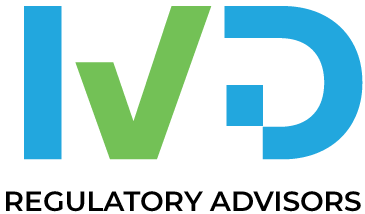Navigating the Labyrinth: Your Guide to a Winning Medical Device Regulatory Strategy
Bringing a cutting-edge medical device to market is more than just innovation and ingenuity. It’s a carefully orchestrated dance through the intricate world of regulatory affairs. A robust medical device regulatory strategy serves as your roadmap, guiding you through the complexities of compliance and paving the way for a smooth and successful product launch.
What is a Medical Device Regulatory Strategy?
Simply put, it’s a comprehensive plan outlining the specific steps and actions you need to take to ensure your device meets all relevant regulatory requirements for your target markets. It’s not just about ticking boxes – it’s about understanding the ever-evolving landscape and proactively shaping your development, testing, and submission processes to gain the green light from regulatory bodies.
Why is it Crucial?
Imagine investing years in developing a revolutionary device, only to be met with roadblocks and delays due to regulatory missteps. A solid strategy safeguards you from such pitfalls. It offers several key benefits:
- Reduced time to market: Streamlining the process avoids costly delays and accelerates your path to reaching patients.
- Cost optimization: Proactive compliance prevents expensive rework and resubmissions later in the development cycle.
- Competitive edge: Demonstrating thorough regulatory understanding boosts investor and partner confidence, giving you an edge in a competitive market.
- Patient safety: By ensuring rigorous adherence to safety standards, you prioritize the well-being of users and build trust.
Building Your Strategy: Key Pillars
Crafting a winning strategy involves a multi-pronged approach:
1. Market Selection:
- Target audience: Identify the patient population and specific medical needs your device addresses.
- Regulatory landscape: Analyze the diverse regulatory requirements of your target markets (e.g., FDA, EU MDR).
- Risk classification: Categorize your device based on its intended use and potential risks, as it governs the level of regulatory scrutiny.
2. Device Classification and Regulatory Pathway:
- Identify predicate devices: Determine existing devices similar to yours to help guide your classification and regulatory pathway.
- Premarket submission requirements: Understand the necessary technical documentation, testing protocols, and clinical trial needs for your device class.
- Seek expert guidance: Regulatory consultants can provide invaluable insights and help navigate the complexities of specific markets.
3. Quality Management System:
- Implement robust quality systems: Ensure adherence to international standards like ISO 13485 to demonstrate process control and product safety.
- Document every step: Maintain comprehensive records of design, development, testing, and production to guarantee transparency and facilitate regulatory review.
- Continuous improvement: Foster a culture of ongoing monitoring and risk management to identify and address potential issues early on.
4. Post-Market Surveillance:
- Plan for ongoing monitoring: Implement robust systems to gather data on your device’s performance and real-world safety in the market.
- Proactive reporting: Be prepared to promptly report any adverse events or unexpected issues to regulatory bodies.
- Adapt and refine: Leverage post-market data to continuously improve your device and maintain compliance throughout its lifecycle.
Remember:
- Agility is key: Be prepared to adapt your strategy as regulations evolve and technologies advance.
- Communication is crucial: Maintain open communication with regulatory agencies and keep stakeholders informed throughout the process.
- Invest in expertise: Don’t be afraid to seek help from experienced regulatory professionals to navigate the intricacies of compliance.
Conclusion:
By dedicating time and effort to crafting a thorough and adaptable medical device regulatory strategy, you equip yourself with the tools for a successful launch and gain the trust of patients, investors, and regulatory bodies. Remember, navigating the labyrinth of regulations can be daunting, but with the right plan and guidance, your innovative device can make a positive impact on the world.




